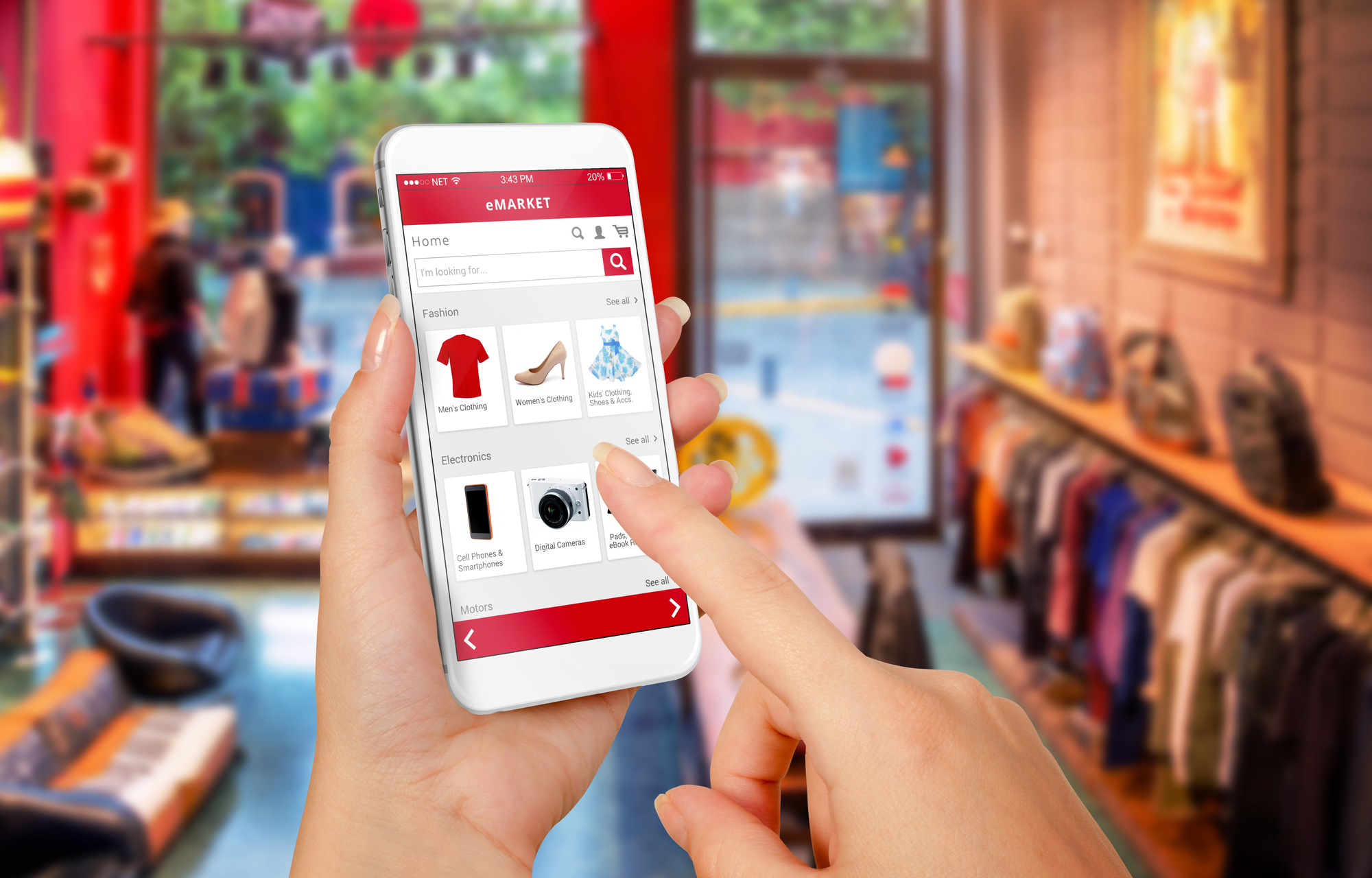Your product catalog is growing, and your business is scaling – but you still want to provide your customers with a better shopping experience.
Let’s see what we can do to help your customers.
As you already know, customers are constantly switching between their devices and shopping with the help of each one of them. In short, that means that there are multiple shopping channels.
You wouldn’t want to provide your customers with the wrong information on any of the channels, right? If that’s true, then it’s time for you to start using product information management (PIM) tools!
If you’d like some help with implementing product information management in your online business, shoot me up anytime.
Anyways, let’s dive into the sphere of product information management and see how to use it with an eCommerce business, shall we?
How Does Product Information Management Help My Business?
Great question!
Let’s start with defining product information management. In short, it means managing the product information to sell your products through any of your channels.
PIM system manages several types of information:
1: Emotional information
2: Usage information
3: Technical information
These three need to be aligned if you want your customers to have an outstanding shopping experience.
Why would you even use product information management? First off, you want to save yourself some money, that’s for sure. For some, this may be the most critical reason for implementing PIM.
In any case, PIM comes in handy in many situations.
Imagine yourself having about 500 different products in your store. It’s not that simple to handle those 500 products, am I right?
You don’t want to include the wrong information on any of the products. Well, this is where PIM comes in handy. It gathers all of your product information and centralizes it into one single place – often called “single point of truth.”
Now, handling the product information for those 500 products isn’t a problem at all! This is something that marketers can use to improve their product management processes.
With improved product management processes, you’ll be able to provide your customers with a better shopping experience – easier than ever before.
And if I’m not wrong, that will lead to a higher conversion rate!
Keep reading and find out more in the next chapter!
PIM Is A “Must” For eCommerce Businesses
Nowadays, companies are relying more and more on the omnichannel approach!
“What is this omnichannel approach?” I can already hear you ask. Let me elaborate a bit.
In essence, omnichannel is a cross-channel content strategy used to improve user experience. The main priority of an omnichannel business is to provide the customers with the perfect shopping experience – on every channel and every platform!
How does it work?
So, the communication channels are synchronized and are working together, delivering the same information and providing the same user experience. This is crucial for the omnichannel approach.
There are several trends of omnichannel, and I’ll name just a few!
- Proactive customer service and sales
- Social integration
- User-centric returns
- Better personalization
- Fast and efficient payment
- Omni-device retail
As you read what the trends are, you can already get the picture of what the omnichannel approach is. The current trend is the creation of personalized experiences that engage customers.
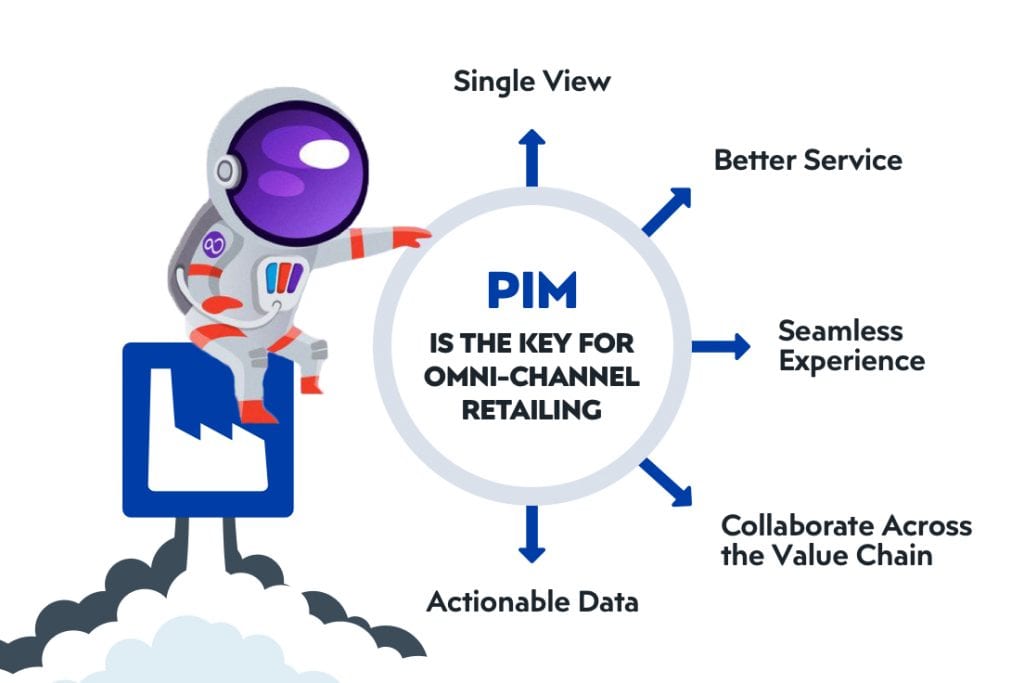
At the same time, the creation of personalized experiences also stands as the primary goal of the omnichannel approach. So, it’s to tailor everything to your customers’ needs by collecting data through all of the touchpoints and creating personalized advertisements and messages for them.
Your business should continuously be growing and as it grows, so does the quantity of product information. Working smart, instead of working hard, can save you a lot of money later on.
Besides omnichannel enablement, what are the benefits of importing PIM?
Let’s take a look!
Why Should I Use Product Information Management For My Business?
Well, why not?
After all, products are the center of your business. Doesn’t it make sense that you want to provide your customers with excellent user experience and correct product information?
Let’s see, besides omnichannel enablement (which we already spoke about) and your shoppers’ excellent user experience – is there anything left?
Yes! Read on!
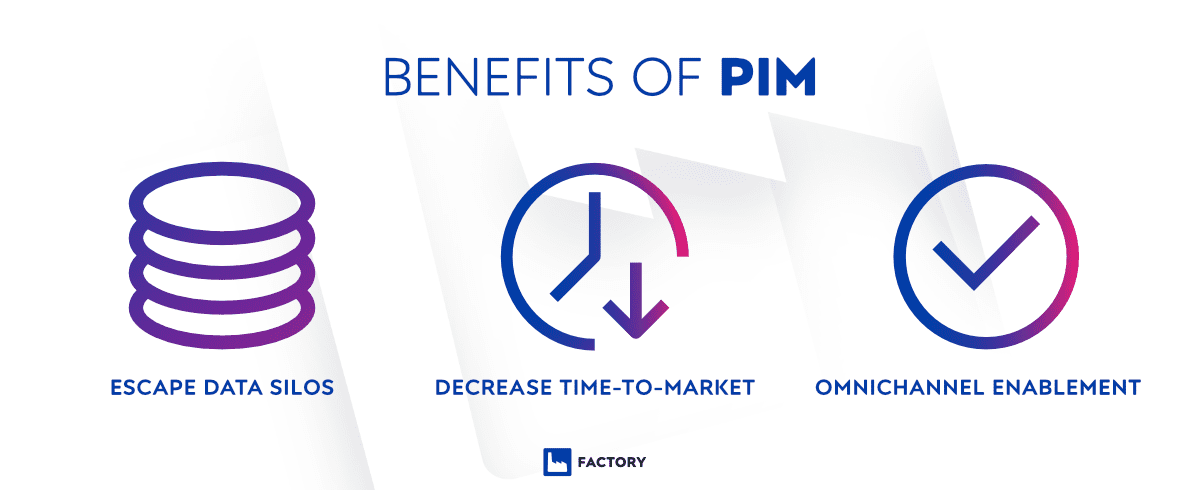
Decreasing Time-To-Market
As you know, customers are everything in today’s world. Their needs and wants are changing. And it’s happening fast!
What do you want to do here? You want to stay one step ahead of your competitors. You want to have that new product before they do, and you want to be faster.
If you remember, two minutes ago we talked about the single point of truth. Having all the product information in one central place enables you to optimize your product performance.
As our experience with PIM comes from Pimcore, we’d like to take Pimcore as an example. It’s a digital experience platform with six different core products. PIM stands as one of the core products.
We’ve been working on Pimcore for quite some time, so the next examples and explanations will also apply to that platform.
Nevertheless, let’s move on to the future significant benefit.
Eliminating Data Silos
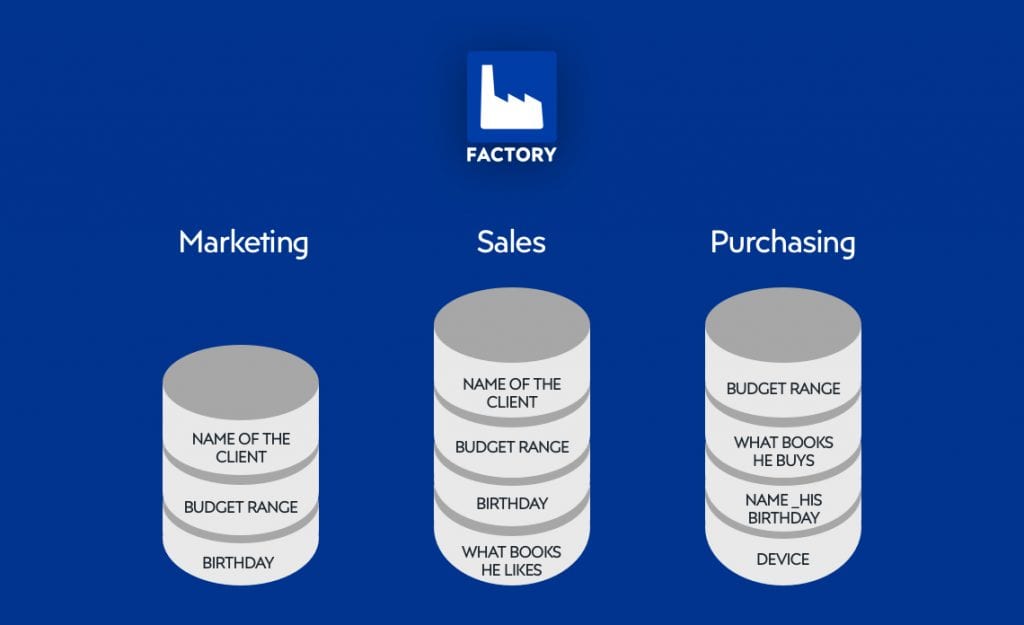
Some of you have probably heard of the term – data silos. In any case, let’s see what they are.
We can define a data silo as a repository of fixed data. Usually, data silo remains under the control of one of the departments in your company. Often, the data silo is isolated from the rest of the departments.
This is the most problematic part.
Isolated data silos also mean problems with interdepartmental communication.
“Why is that?” – you may wonder.
We’ll try to bring this closer to you through a short story.
Your company has three departments – marketing, sales and purchasing.
Your marketing team has the following data:
- Name of the client
- Budget range
- Birthday
Your sales team has somewhat different data:
- Name of the client
- Budget range
- Birthday
- What books does the client like
While the purchasing team has yet different data:
- Budget range
- What books he buys
- Birthday
- Device
Okay. Now that we have an overview of the current situation let’s see what kind of problems does this cause.
You have three departments where each one of them has different data. Each one of them has the budget range data and clients’ birthday data.
But what if the marketing team has the wrong birthday date written down? Or purchasing team has the wrong budget range information?
Not an awesome situation, right?
You want to eliminate those data silos as soon as possible. Let’s save your business some money!
Now, what to do?
Create a single point of truth. A single central place where you can consolidate all of your digital data. This single point of truth will act as a unique master data record.
Why did we say that eliminating data silos will save your business some money?
Usually, data silos cost a lot. If you want to know how much, try to give an answer to these two questions:
#1: How much are you going to lose per hour if one of your employees can’t work due to the problems with the data?
#2: How much are you going to lose because your projects are pushed back by the data silos?
The correct answer is – too much! Product information management system is a must-have nowadays.
These two questions got your attention, didn’t they?
It would be even better if you got more information through some living examples. With that in mind – in the next chapter, I’ll show you how Bornack implemented PIM in their business.
So, let’s move on, shall we?
Product Information Management – In Action
How does PIM function when put in action?
Bornack, a German company specialized in safety products for working on ropes made a bold move. They decided to invest in a product information management system.
First, let’s bring you a bit closer to Bornack. Their field of expertise is wide, and it goes from risk analysis on the design and installation to training maintenance and repair—the full package.
For every security problem, they developed an individual solution. To successfully develop these individual solutions, they need to carefully analyze their customers and their requirements.
As a company that handles safety equipment, knowing their customers and their needs is a must. There must be no mistakes when it comes to product information – especially when we’re talking about safety equipment.
Bornack’s Ideal Solution Was PIM
They wanted to maintain their continuous growth, and the only option was to relaunch their website.
As the product information is of great importance in their niche, they wanted to allow their customers to access all of the product information in one place. Products were to be issued in a catalogue on the website. From there, they could be filtered, depending on the sector or industry.
One of their main goals was to educate their customers. They also offer training for emergency situations and such. The idea was to provide their customers with an overview of the training schedule and to enable them to book a training appointment.
In essence, they needed a secure solution which they could easily scale.
How Did They Use PIM?
They used Pimcore to solve their product information management needs. PIM is, we can say, the key component of their business which was missing.
Let’s see what happened.
They relaunched their website. Thanks to Pimcore, they now have a large collection of images which have text associated with them. This is their single point of truth.
From that point, everything could be easily distributed further on.
Products were divided into different categories, allowing users to search by filtering products. Product information is extremely important here, so a bigger product information section was made.
Next on, we have training and appointments. They were easily linked together, and users could book them in a calendar which was made specifically for this. HTML and Javascript and there you have it – a clean-looking calendar.
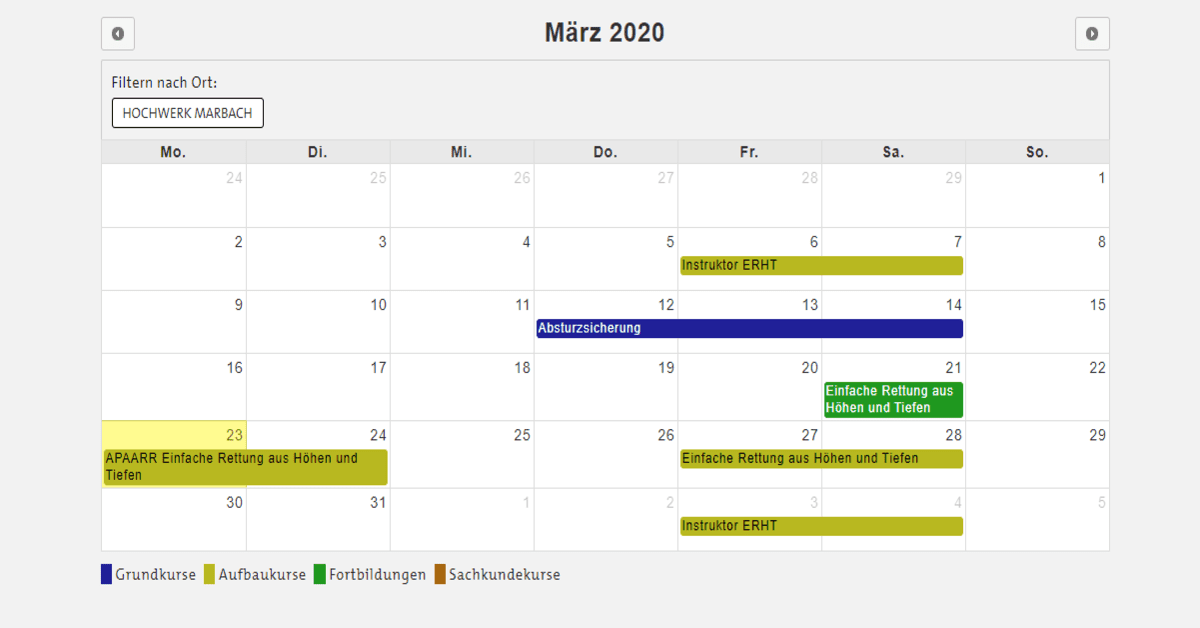
What Did All Of This Result In?
Bornack’s website, relaunch was extremely successful. Thanks to Pimcore, they could implement any feature they wanted to have on their website.
Because of their newly-created product information management, they could maintain a product catalog on their website – effortlessly.
They increased their website traffic, and their customer satisfaction levels rose. In addition, they enhanced their brand image and increased overall exposure.
You must admit, this is a remarkable achievement.
PIM functions in a really simple way when implemented. It’s a perfect fit for almost every eCommerce website.
The fact that the PIM industry is growing speaks for itself. The global PIM market size is expected to grow from USD 7.0 billion in 2019 to USD 11.4 billion by 2024, at a CAGR of 10.2% during the forecast period, as research from Markets and Markets says.
This brings us close to the end of this article.
I hope that this article was useful to you and that you learned something new today!
Implementing product information management doesn’t need to sound scary. If you’d like some more information on PIM, shoot me a message anytime.
e-Commerce shopping -DepositPhotos

